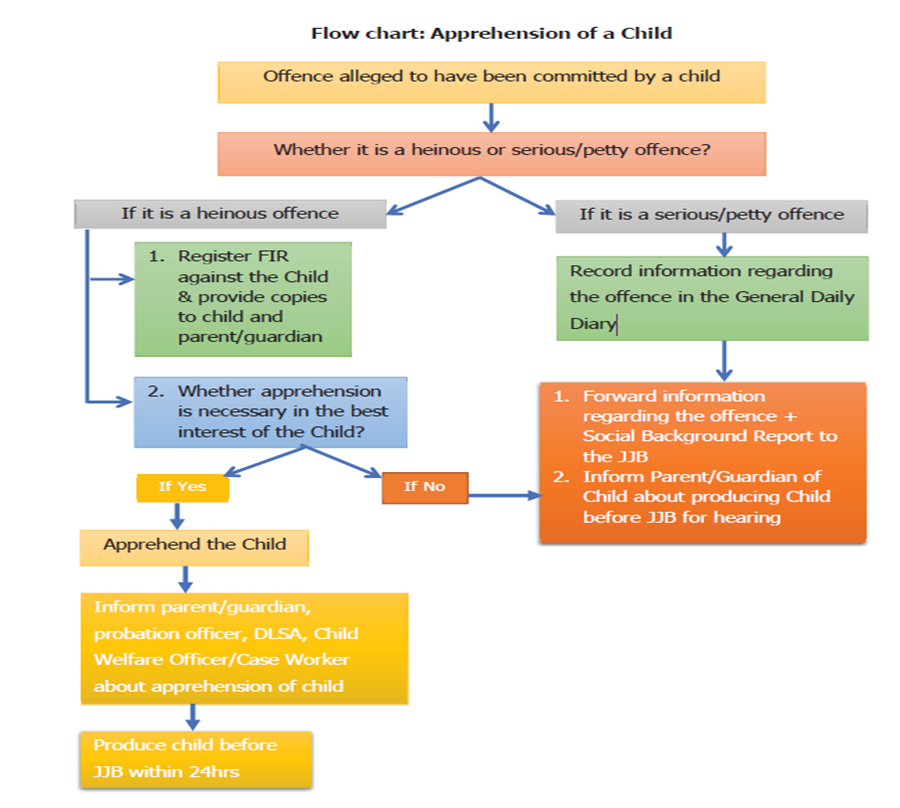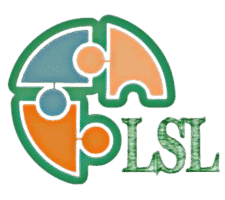
Diversion under the Juvenile Justice (Care and Protection of Children) Act, 2015 (“JJ Act”), in India, can be done at various stages of the justice process to keep juveniles out of the formal judicial proceedings. Diversion aims to handle juveniles in conflict with the law through non-judicial interventions, prioritizing their rehabilitation and reintegration into society.
Ideally, police officers are encouraged to divert juveniles by referring them to community-based programs or counselling services instead of taking them into custody. Juveniles should be released on bail unless their release would bring them into association with known criminals or expose them to moral, physical, or psychological danger.
The Juvenile Justice Board (JJB) conducts a preliminary assessment to determine if the case can be resolved through diversionary measures rather than proceeding with formal judicial processes. For minor offenses, the JJB may refer the juvenile to counselling, community service, or other rehabilitation programs. If the offense is minor (petty or serious but not heinous), the JJB can decide to take non-judicial measures like an admonition, group counseling, or participation in group activities designed to address the juvenile’s behaviour.
The JJB also has the authority to direct the child to participate in restorative justice processes, such as victim-offender mediation etc. If these measures are successful, and both the juvenile and the victim agree, then the case can be resolved without further judicial action. Even after a formal adjudication, the JJB can impose probation or community service as alternatives to detention, focusing on the child’s rehabilitation.
The JJ Act incorporates a graded system to facilitate diversion. For juveniles aged 16 to 18 accused of committing heinous offenses (offenses with a minimum punishment of seven years or more), the JJB conducts a preliminary assessment to determine whether the juvenile should be tried as an adult or as a child. If the JJB decides on trial as a child, diversionary measures emphasizing rehabilitation can be considered. If trial as an adult is determined, the case moves to a Children’s Court, where diversion remains a possibility at the discretion of the court, though less likely.

[i]
The Juvenile Justice Act includes provisions aimed at diverting children in conflict with the law away from traditional judicial processes, if it benefits either the child or society. Here are the key provisions:
- Section 3(xv): Promotes measures to handle children in conflict with the law without resorting to judicial proceedings, emphasizing diversion.
- Section 8(3)(g): Allows matters involving children alleged to be in conflict with law and in need of care and protection to be transferred to committees, recognizing the need for both diversion and care simultaneously.
- Section 14(5)(d): Calls for petty offences to be disposed of through summary proceedings, avoiding lengthy court processes.
- Section 18(1)(a): Permits children to return home after advice or admonition following appropriate inquiry and counseling.
- Section 18(1)(c): Allows the Board to order community service under supervision as an alternative to formal legal proceedings.
- Section 19(1)(ii): Enables the children’s court, after the initial assessment, to decide against trying the child as an adult, aligning with diversion principles.
Additionally, Rule 8.1 limits filing FIRs to heinous offences, suggesting alternative solutions for other offences outside the court system. It also restricts police apprehension of children to serious cases or when deemed necessary in the child’s best interest, promoting informal interventions.
Rule 10 allows the Board to dismiss cases where allegations against the child are weak or involve petty offences, facilitating the child’s return home without further legal action.
Rule 11 addresses dispositional orders for heinous offences, providing flexibility in handling serious cases involving children. Where the Board decides to release the child after advice or admonition or after participation in group counselling or orders him to perform community service.
Rule 13(8 cc) and Rule 18(4) emphasize rehabilitation and placement of children in suitable environments, focusing on education, vocational training, and therapeutic interventions to promote positive behavior.
These provisions collectively underscore the Juvenile Justice Act’s approach to diversion, aiming to prevent unnecessary formalization and promote rehabilitation for children in conflict with the law.
The terms “diversion” and “diversion program” are not explicitly mentioned in the JJ Act or Model Rules. However, the provisions above reflect elements of diversion, such as avoiding formal court proceedings and handling minor offenses informally. While the JJ Act recognizes the importance of diversion, the lack of clear guidelines hinders its implementation. Developing a comprehensive diversion framework can ensure that children in conflict with the law benefit from alternative solutions outside the formal court system. Children often go through the entire JJB process, from initial contact with police to observation homes, without ever being considered for diversion. The structures delivering diversion programs can vary widely. Thus, there is a need for clear guidelines on diversion. These guidelines should outline:
- Strategies for identifying cases suitable for diversion.
- Methods for implementing diversion programs.
- Procedures for stakeholders (police, JJB, etc.) to follow in diversion cases.
The next part of this work outlines the issues concerning the implementation of diversion policy in India. Additionally, it suggests the ideas to curate and implement a uniform diversion plan.
[i] STUDY MATERIAL FOR JUVENILE JUSTICE (CARE AND PROTECTION OF CHILDREN) ACT, 2015 (SEPTEMBER 2022) (TN State Judicial Academy)
